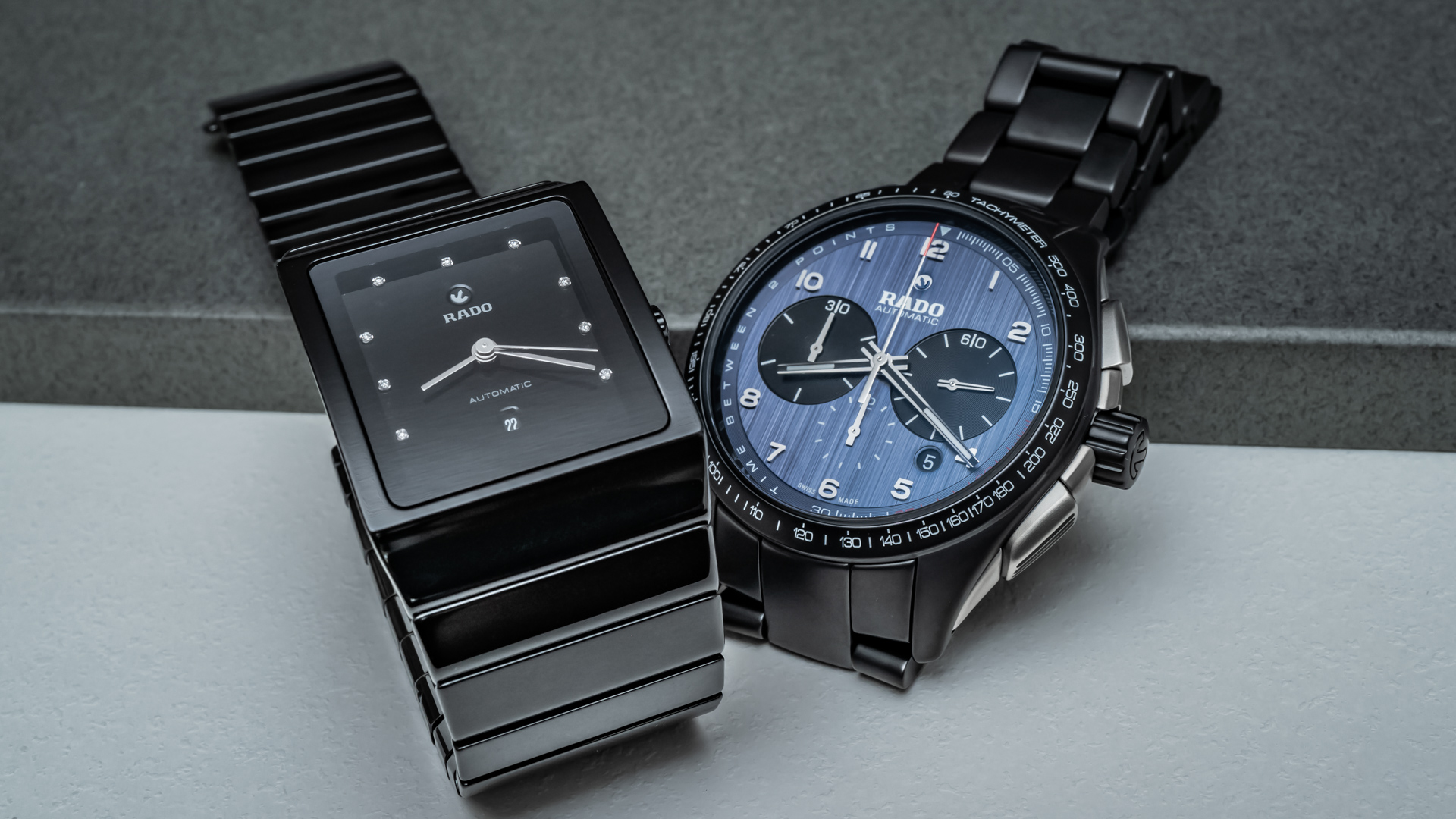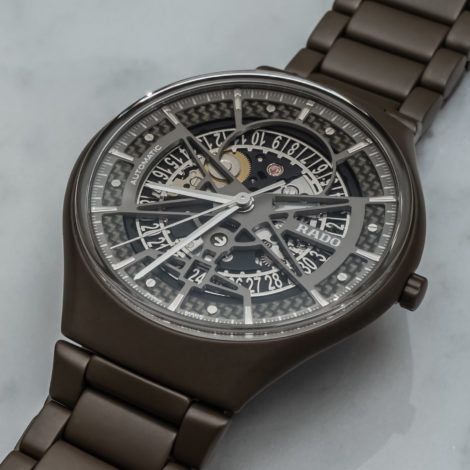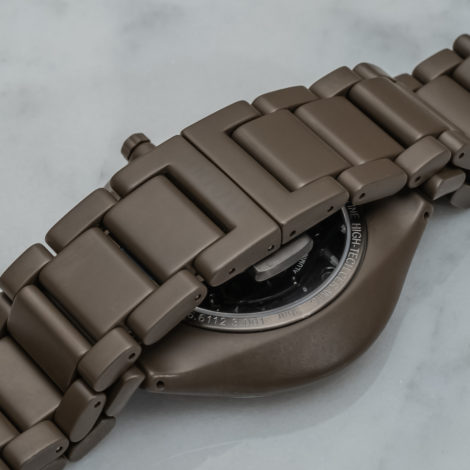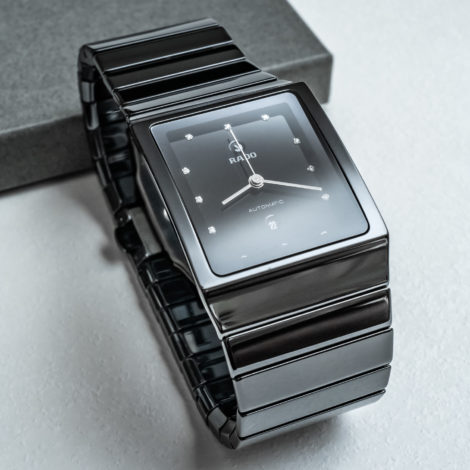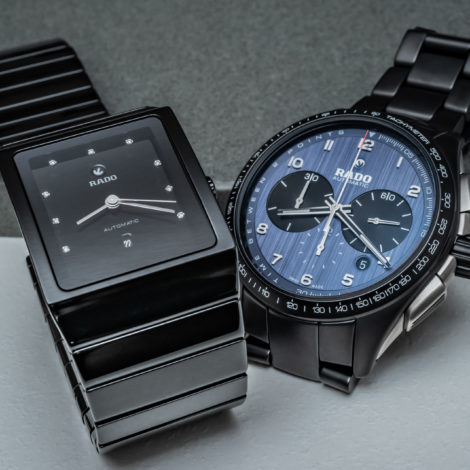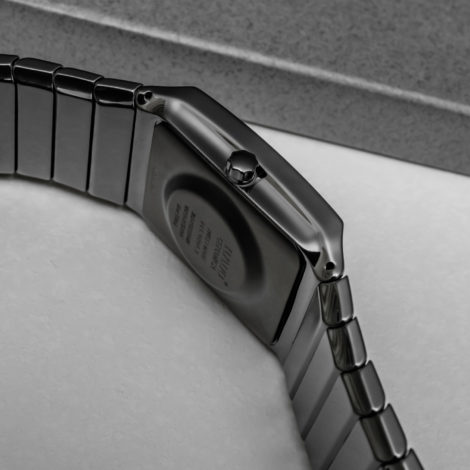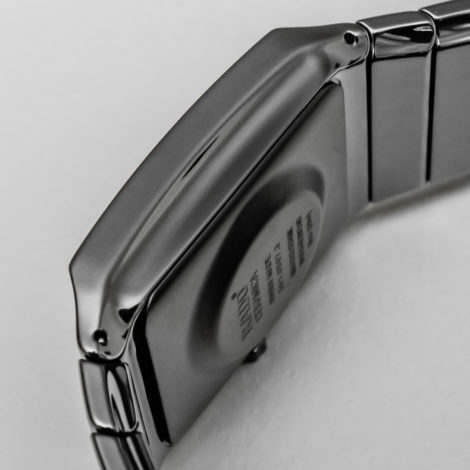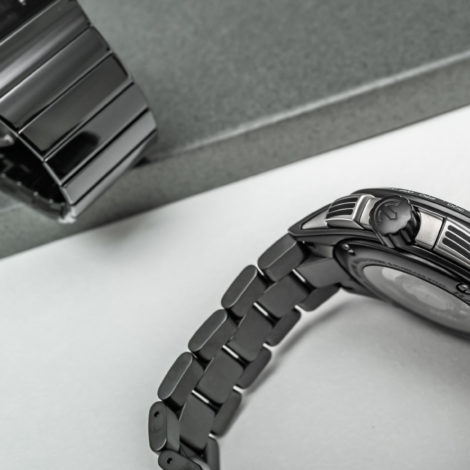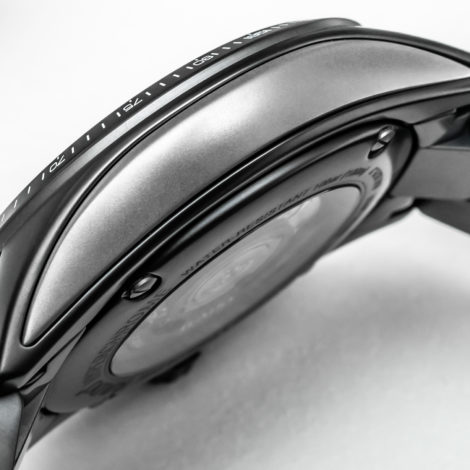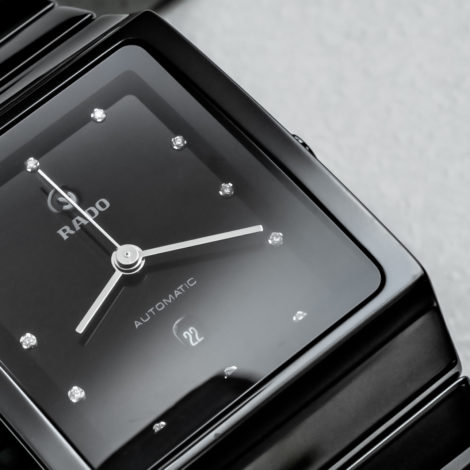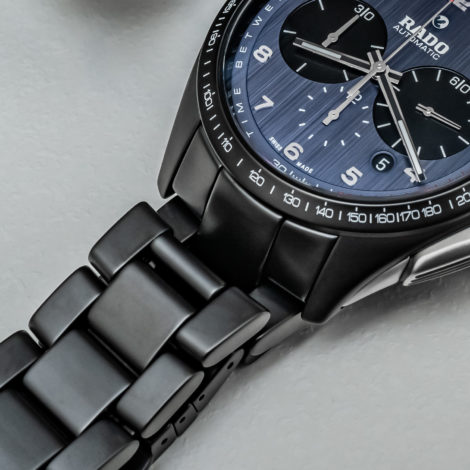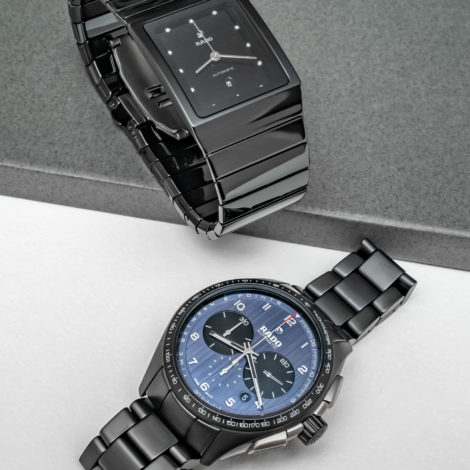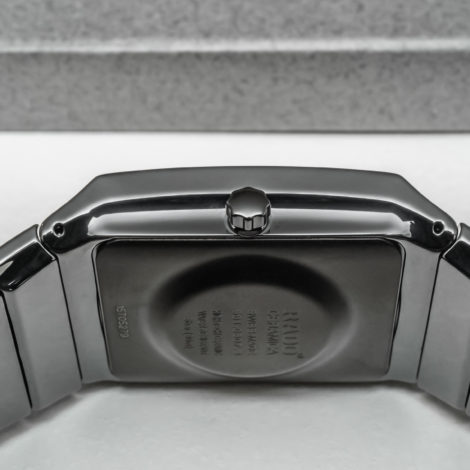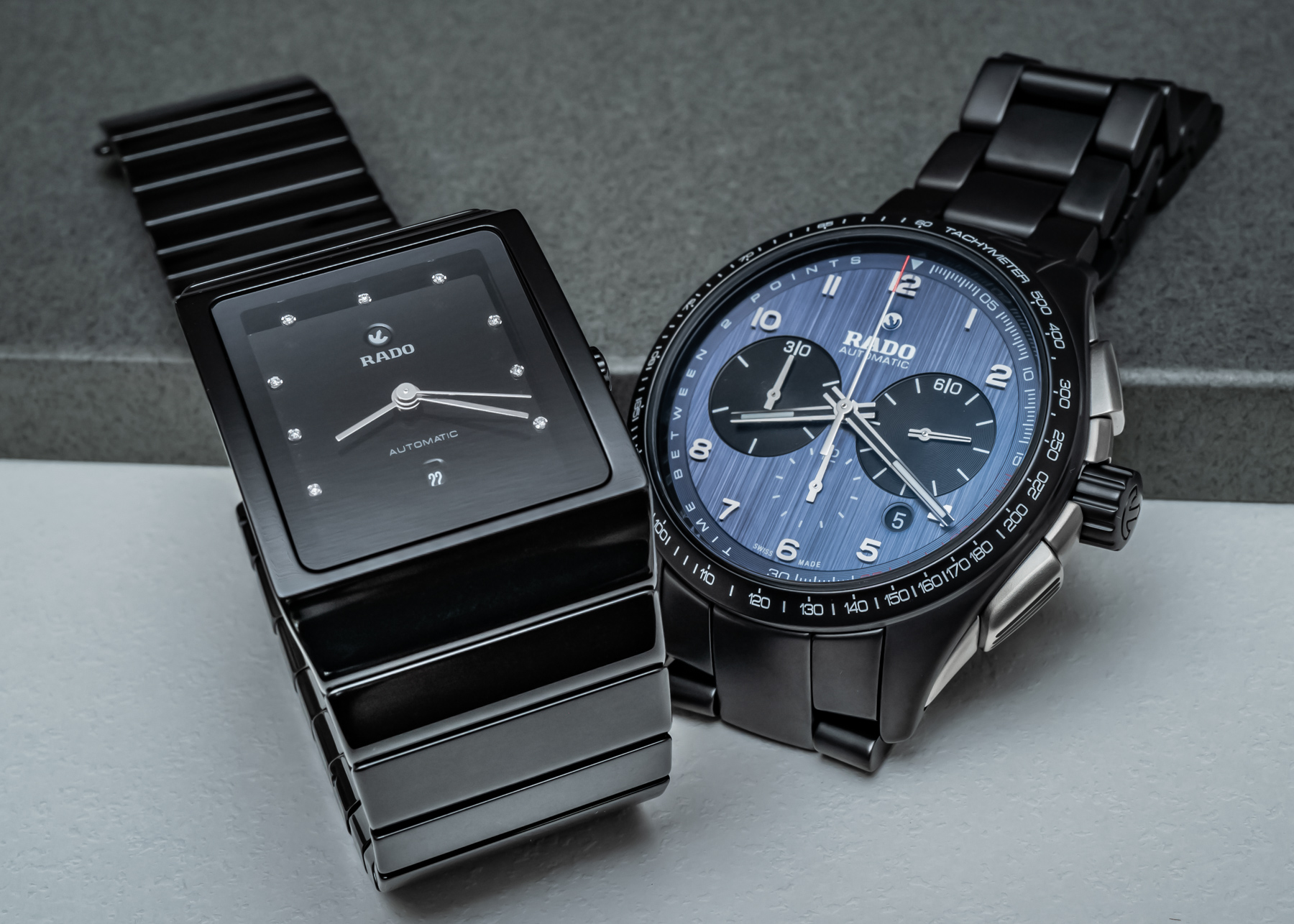 Sponsored post presented on aBlogtoWatch by advertiser
Sponsored post presented on aBlogtoWatch by advertiser
In 1917, the three Schlup brothers (Fritz, Ernst, and Werner) converted a humble atelier in their parents’ home in Lengnau, Switzerland into a modest watch company they christened Schlup & Co. The brand later changed its name to Rado, and a short quarter-century later was one of the largest producers of watch movements in the world. Just over a century after first opening its doors, Rado is now known worldwide as one of the most innovative brands in the watch industry, pushing the bounds of material science and producing watches from high-tech materials that offer marked advantages for watchmaking in strength, weight, durability, and aesthetics. Of the myriad of materials Rado has produced over the years, it is perhaps best known for its use of ceramics in cases and bracelets. Today, we dive into Rado’s history of innovation, with an in-depth look at the influence of ceramics on the brand’s watches.
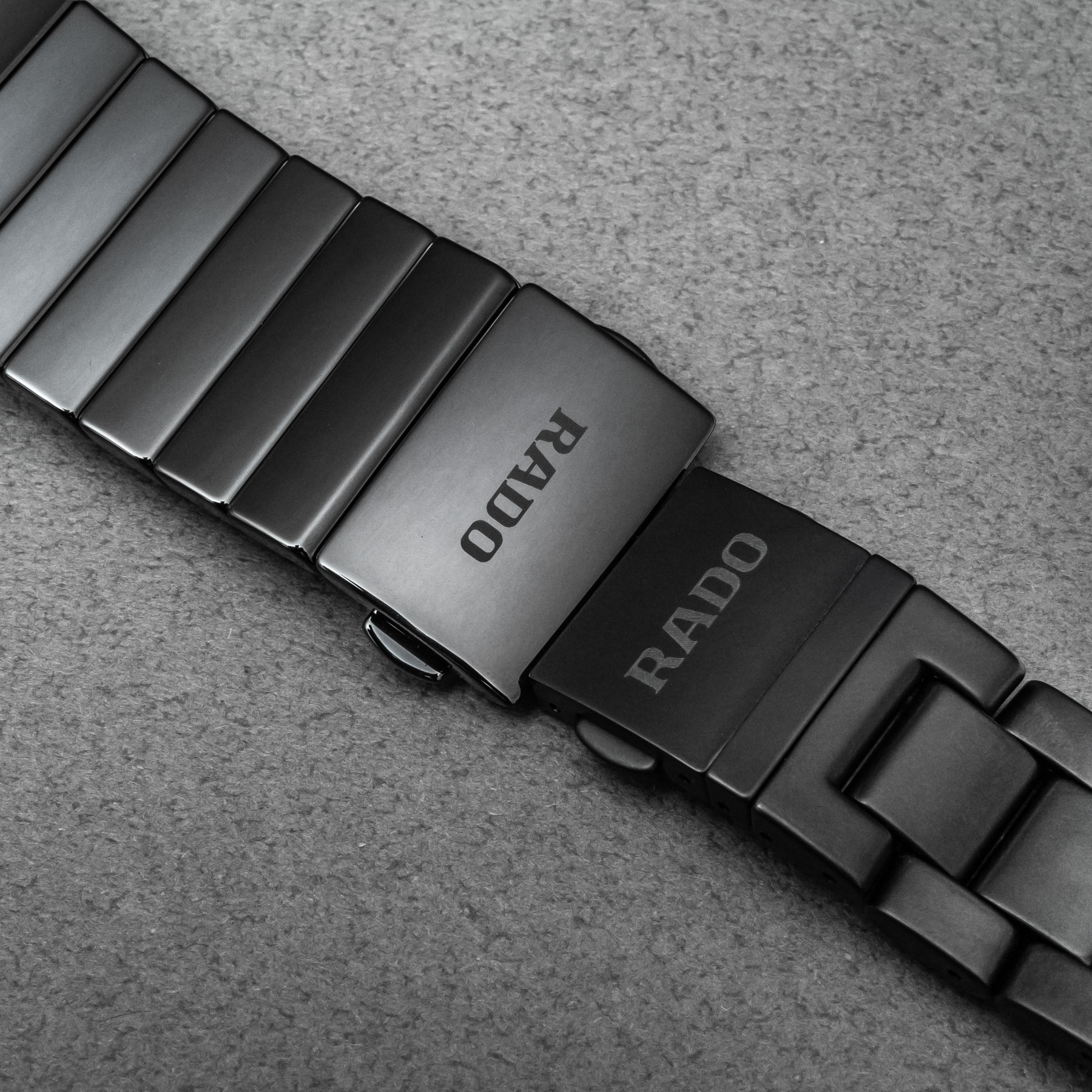
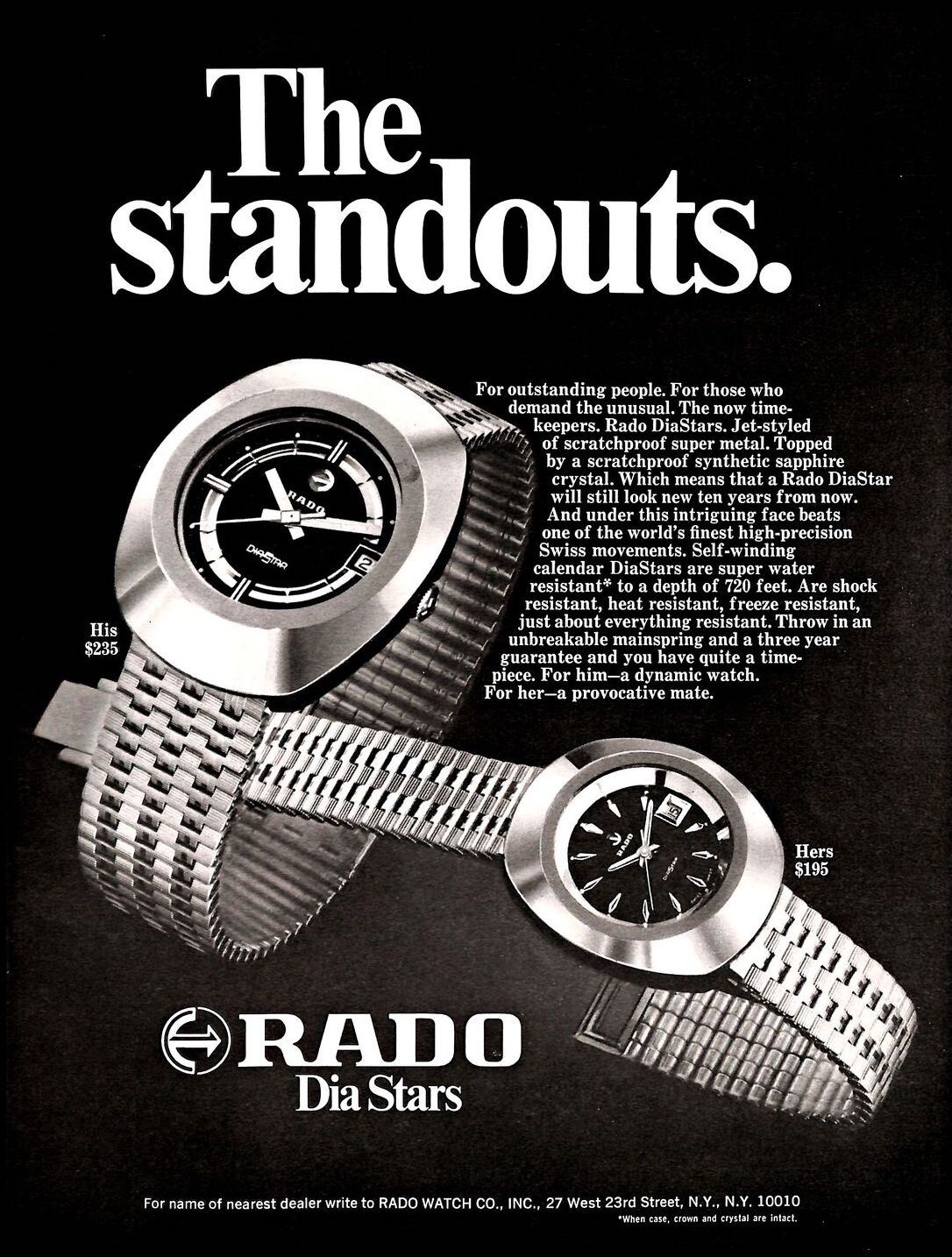
Despite its humble beginnings, throughout the first half of the 20th century, the Schlup brothers’ business, still nestled at the base of the Jura Mountains, experienced massive growth and increasing popularity. By the 1950s, Rado was truly international with distribution in more than 61 countries. But it was the early 1960s that would truly define the brand’s future with the introduction of the DiaStar 1, which was marketed as “the world’s first scratchproof watch.” The DiaStar 1 combined Rado’s hardmetal (a proprietary hardened alloy) with a sapphire crystal and looked like no other watch on the market. The DiaStar 1 set the tone for Rado’s future — a future that would push the boundaries of materials science, introducing the world of horology to new, innovative materials that were lighter, stronger, and more scratchproof than anything else available.

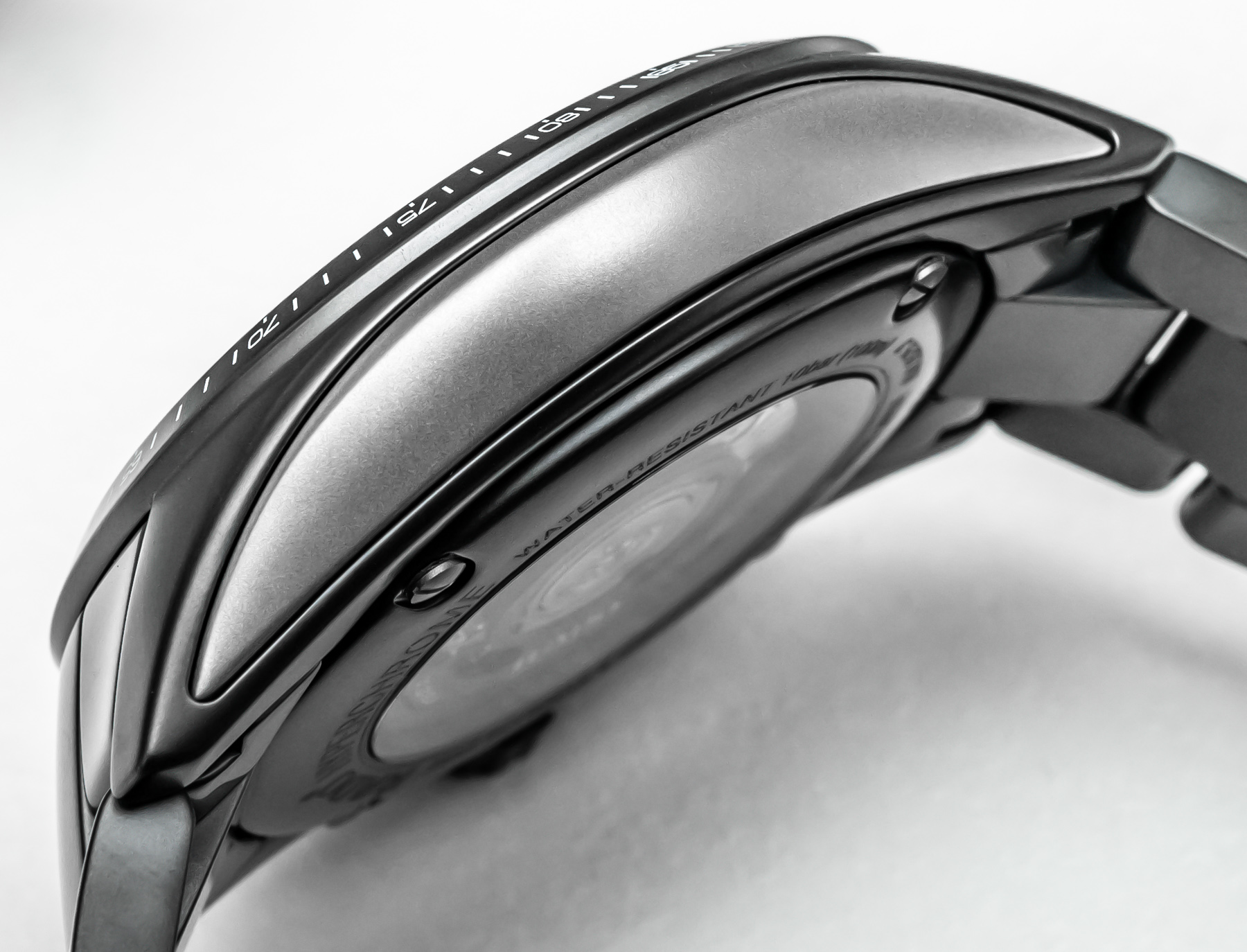
Style and design remained a core value for the brand, and new materials also meant an opportunity to play with colors, shapes, and textures. Throughout the 1970s and 80s, Rado continued to introduce new materials to watchmaking, including the Rado Dia 67 that featured a case completely covered edge-to-edge with metalized sapphire crystal. But it was in the 1990s that Rado truly hit its stride, bringing ceramic watches into the fold as a cornerstone of Rado’s collection.
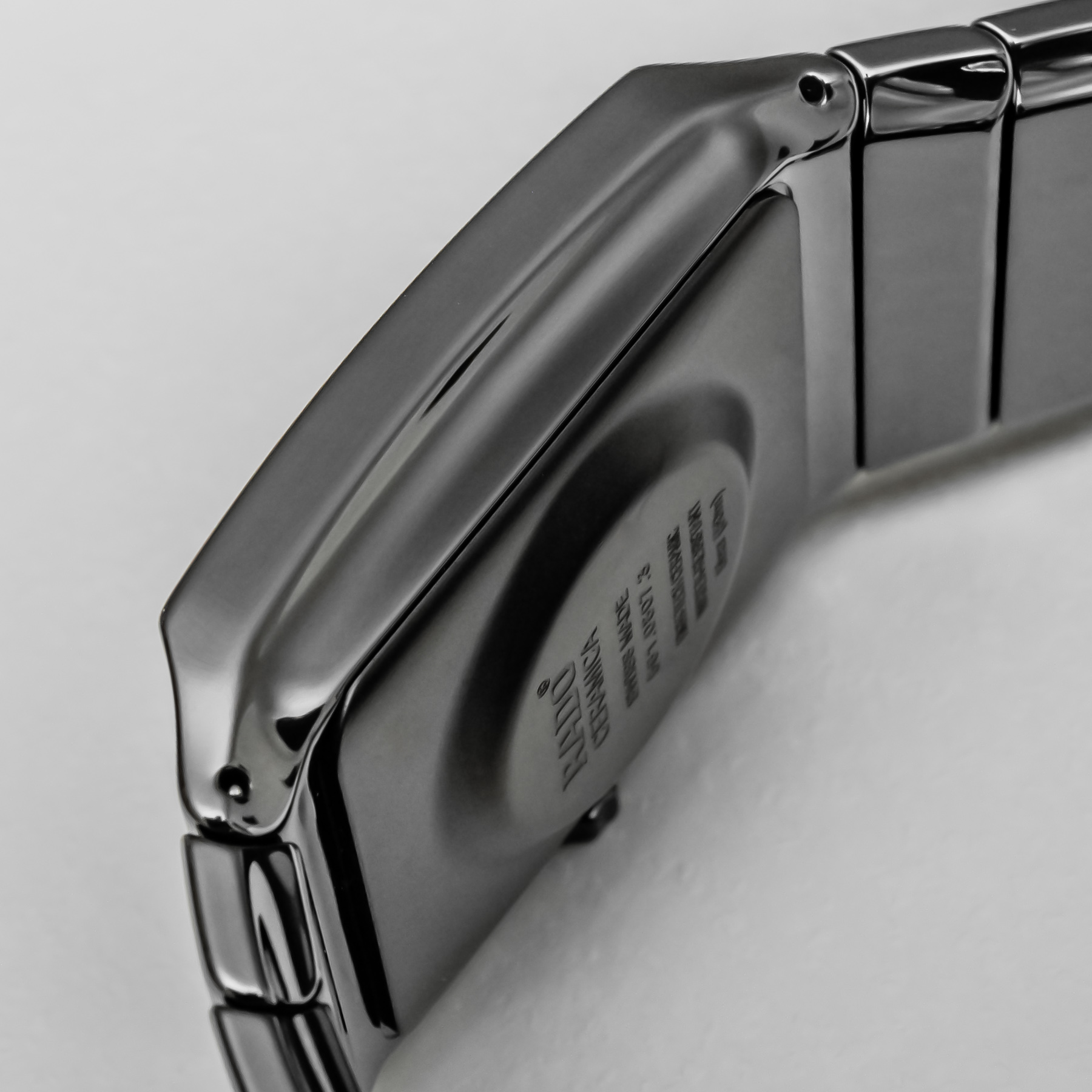
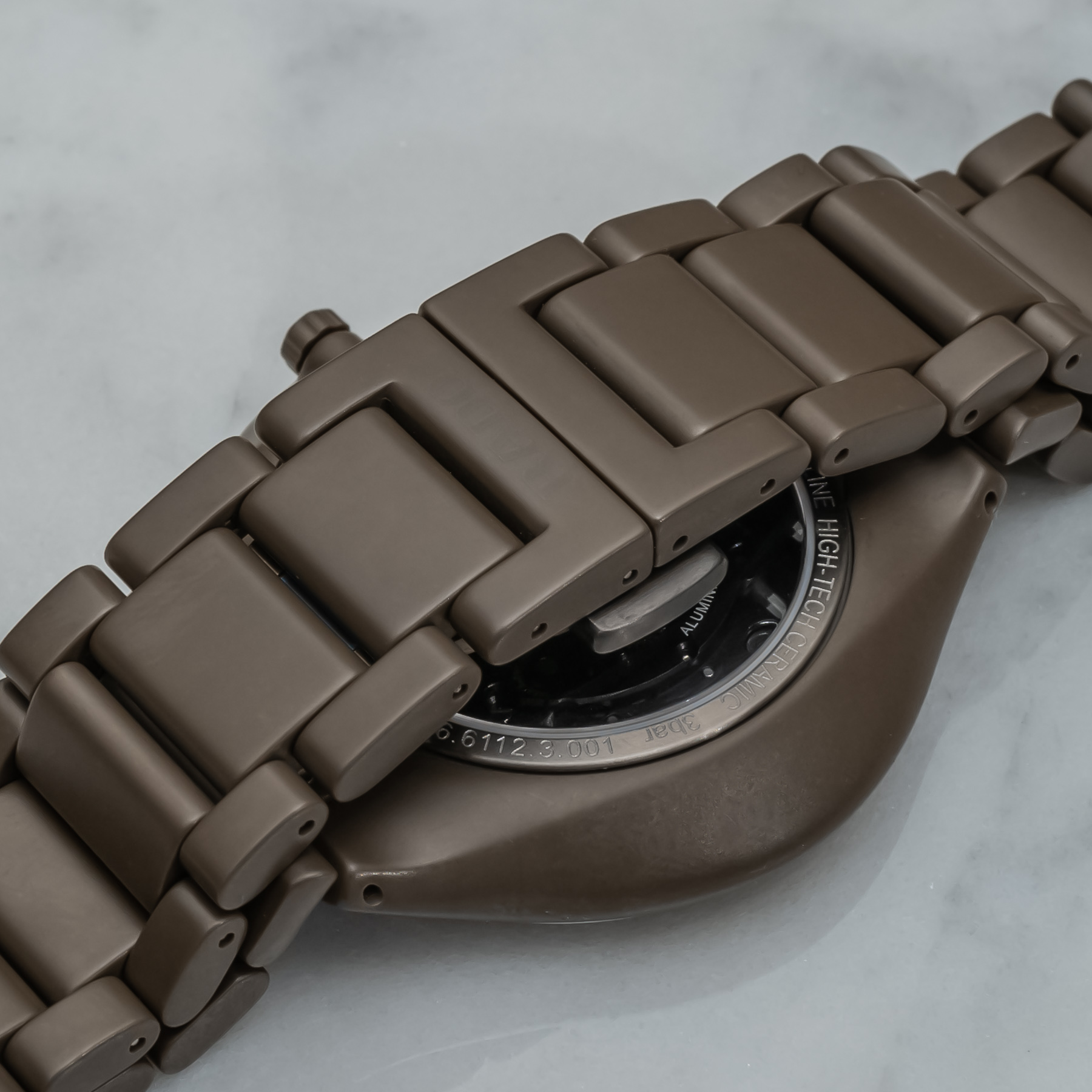
Ceramic. The word conjures images of earthenware and pottery, but the term simply refers to an inorganic, non-metallic solid comprised of either metal or non-metal compounds shaped and hardened by exposure to high temperatures. Here, we’re referring to a compound that combines a metal (like zirconium) with oxygen or nitrogen at extremely high temperatures, resulting in a non-metallic material that is extremely strong, scratch-resistant, and lightweight. The process works by taking ultra-pure, ultra-fine powdered metal (typically zirconium oxide) and sintering it in an extremely high-temperature furnace (~1600°C). To put this in perspective: The temperature of lava flowing inside lava tubes under Kīlauea in Hawaii is around 1,250°C. This extreme temperature — hotter than the inside of a volcano — is necessary in order to remove the porosity of the material, strengthening it enormously, bringing the final hardness of the case material to 1250 Vickers. That’s extremely hard, roughly seven times harder than stainless steel (~180 Vickers), making it highly scratch-resistant (to put it lightly). The key to Rado’s high-tech ceramic is that the high-hardness does not come with the drawbacks one might associate with ceramics, namely brittleness – hence the reason zirconium-based ceramics are tagged with the nickname “ceramic steel.”
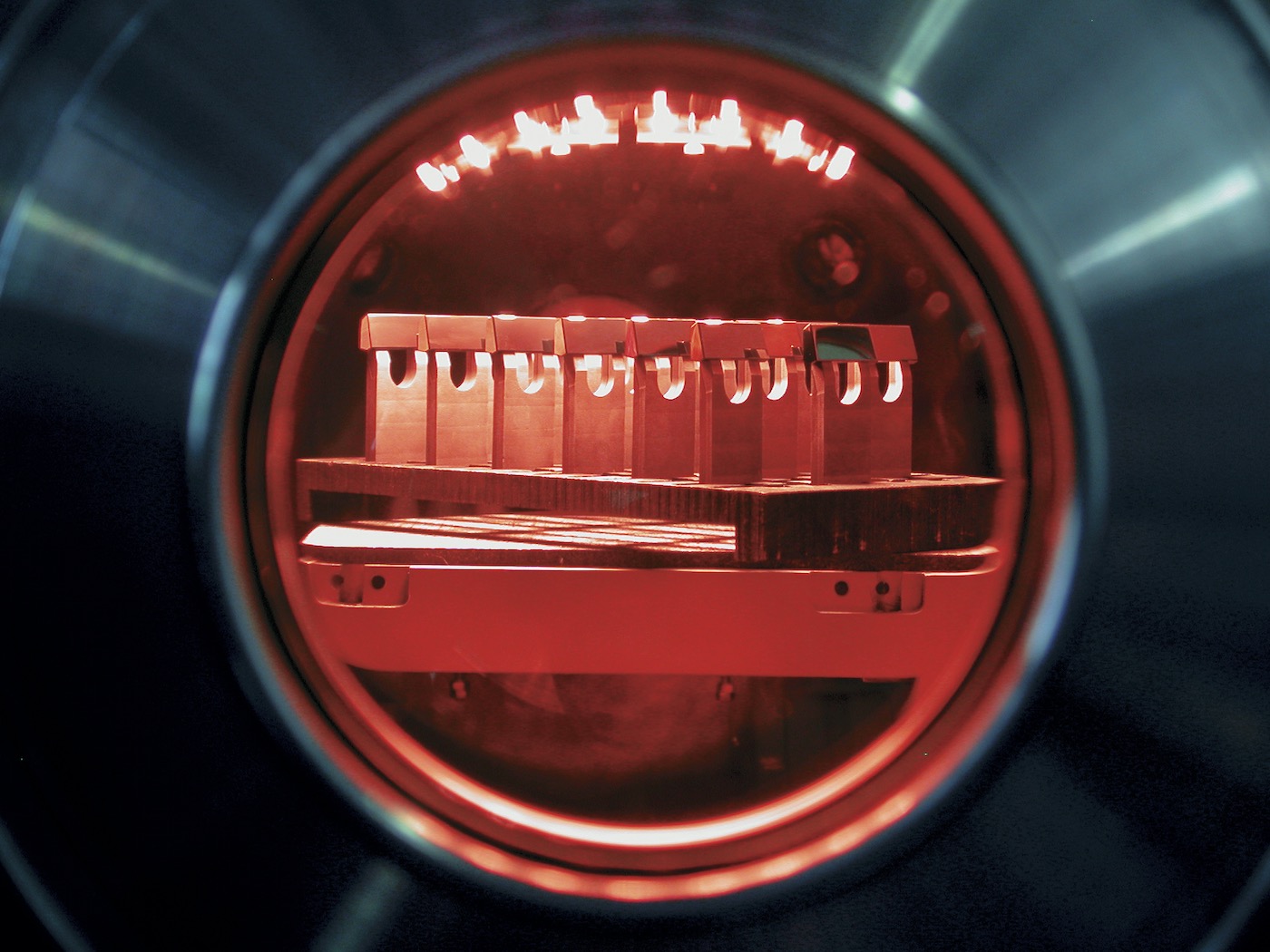
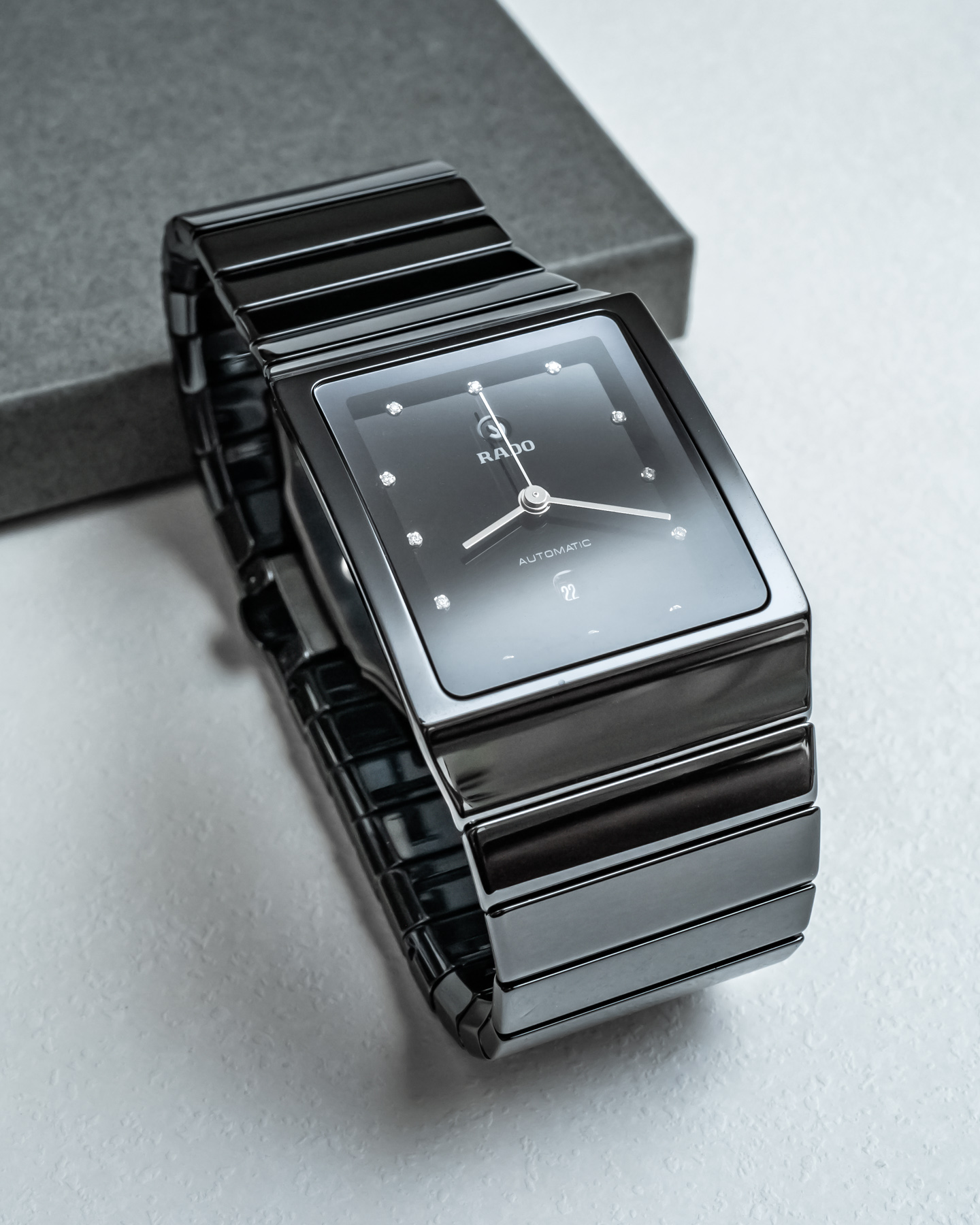
The benefits of using high-tech ceramic in watchmaking include more than just increased scratch resistance. Unlike most metals, zirconium-based ceramics are chemically inert and hypoallergenic, making them ideal for consumers with nickel allergies who are unable to wear most stainless steel watches. In addition, ceramics are lightweight (6.0g/cm3), sitting comfortably between ultralight titanium (4.5g/cm3) and stainless steel (8.0g/cm3). Ceramic also has low thermal conductivity, adapting comfortably to the wearer’s skin.
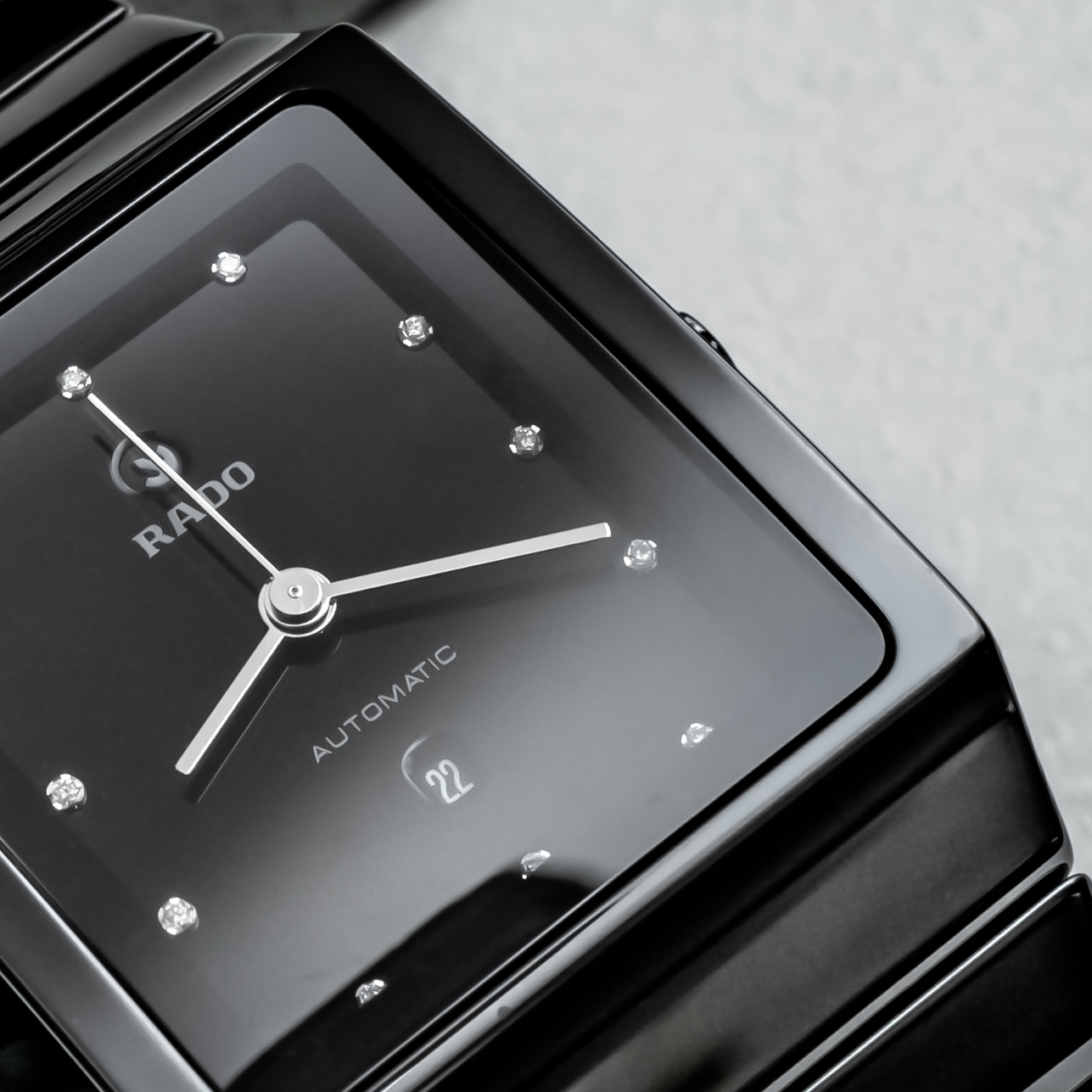
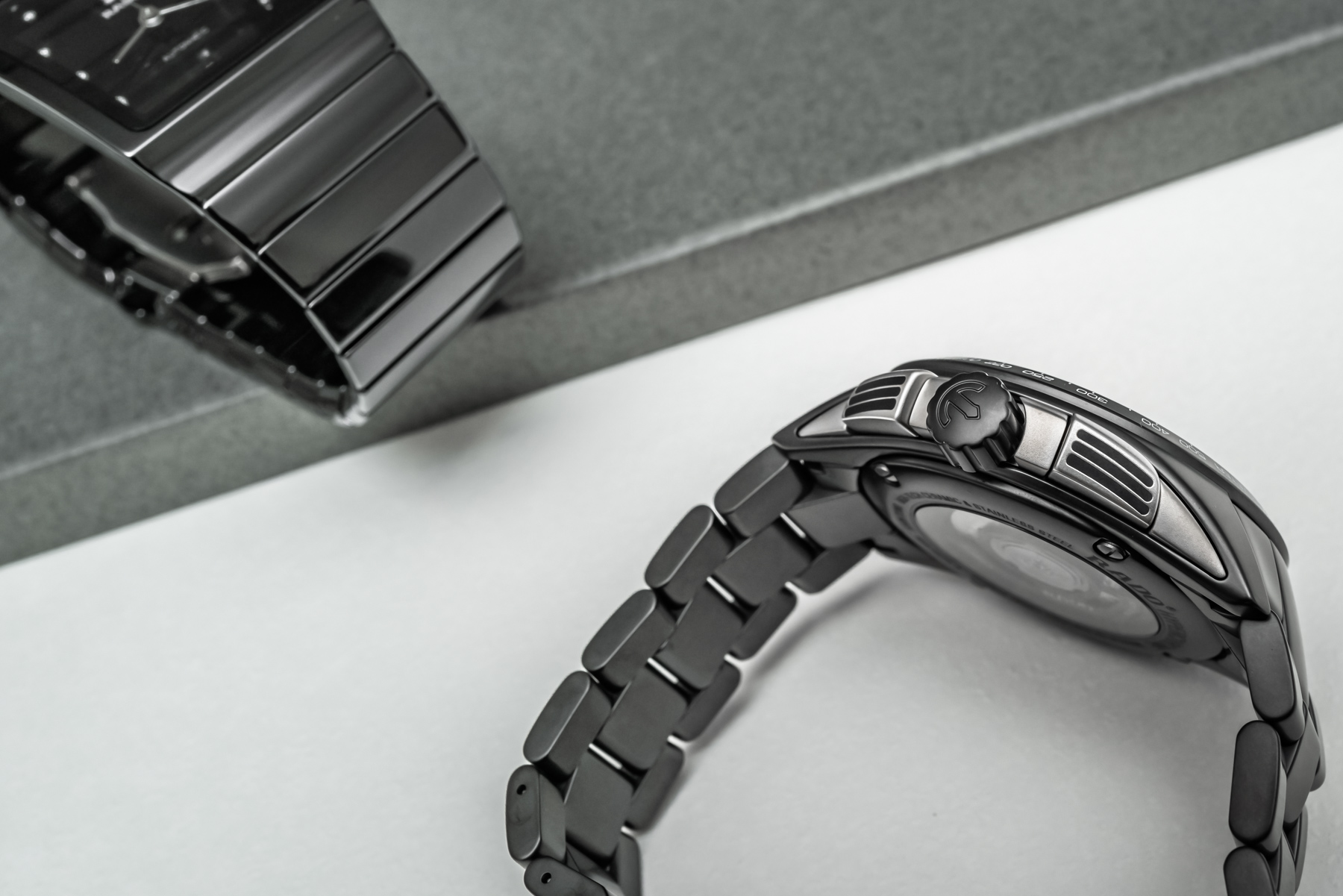
Clearly, Rado’s high tech ceramic is an incredible material with enormous potential for watchmaking; however, creating watches is as much about aesthetics as it is about engineering. Rado quickly realized the potential of adding dopants (trace amounts of an element) to the zirconium oxide in order to create a wide range of colors that move well beyond the classic silver, gray, black, and gold colorways. Rado’s True Thinline Le Couleurs Le Corbusier collection exemplifies this approach, capturing the palettes of Architectural Polychromy with deep blues, elegant pinks, and striking yellow and orange colors.
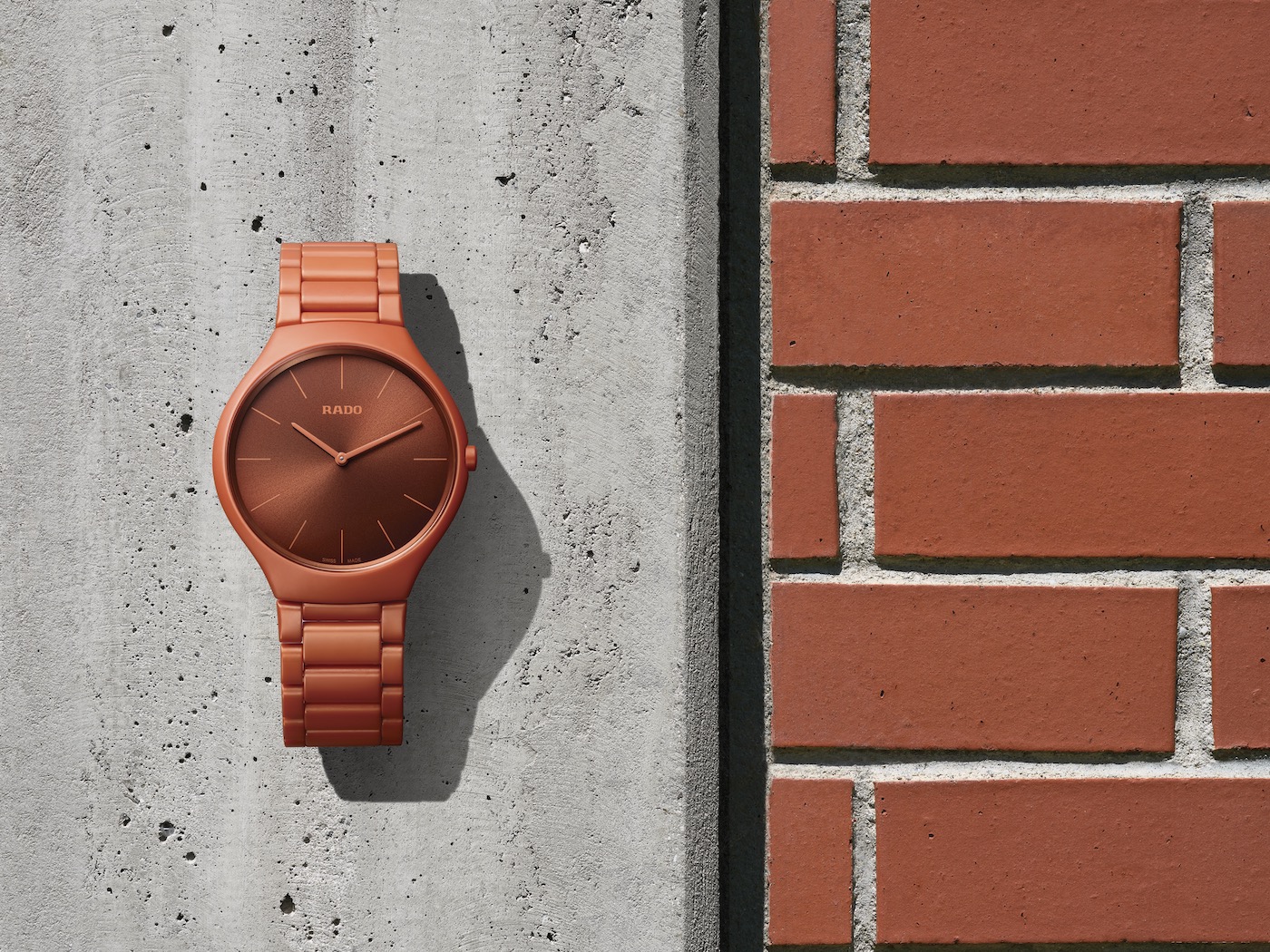
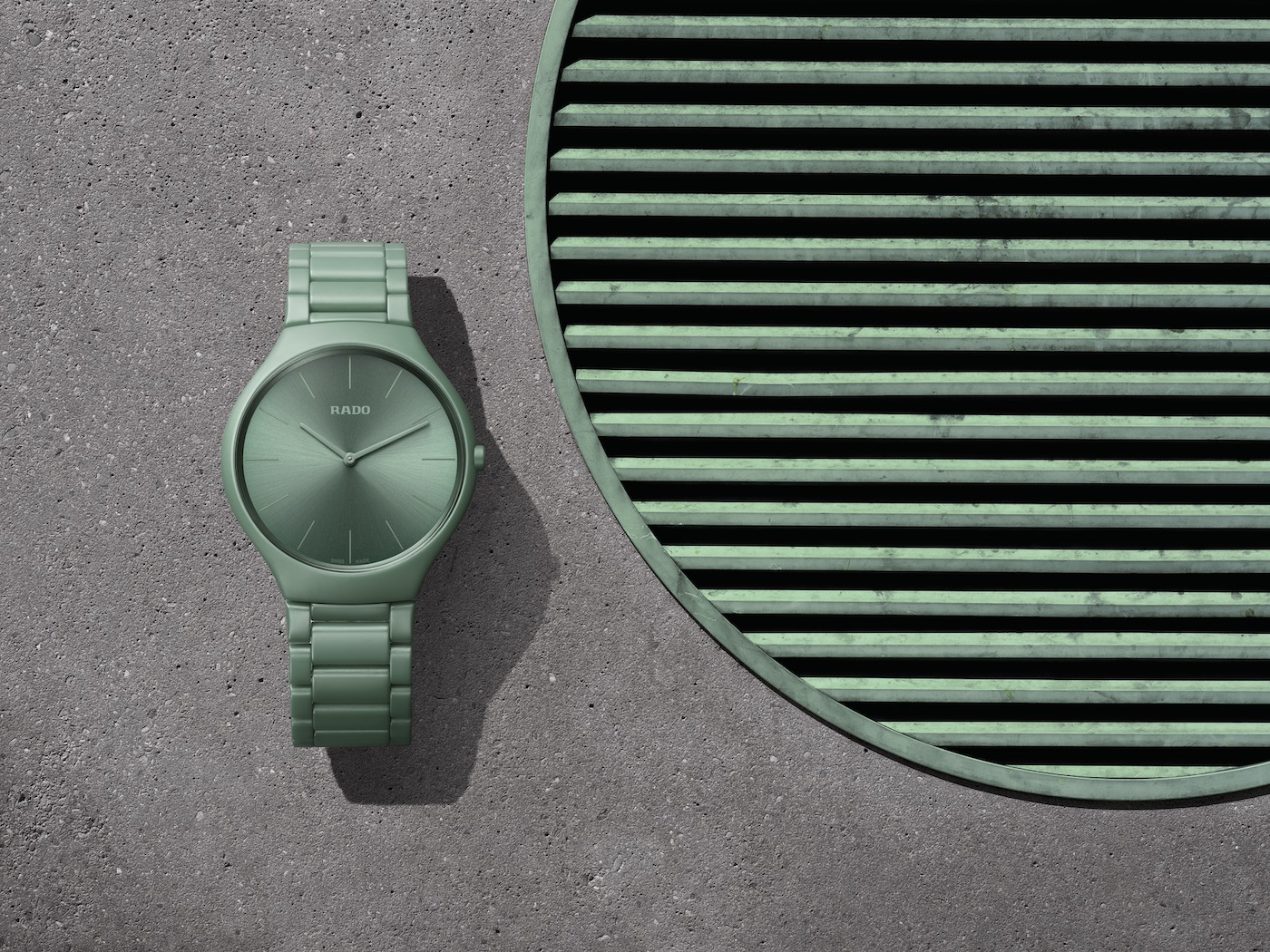
For Rado, there’s always a next step when it comes to working with materials. Ceramic clearly offers several outstanding properties, but Rado wanted to see if it could take it even further — this time by blasting watch components in a plasma furnace, subjecting the ceramic to a 20,000°C plasma discharge. The result? A change in the molecular composition occurs at the surface of the ceramic and reveals a warm, metallic color indistinguishable from metal, but with all the physical attributes (hardness, lightness, etc.) of ceramic.
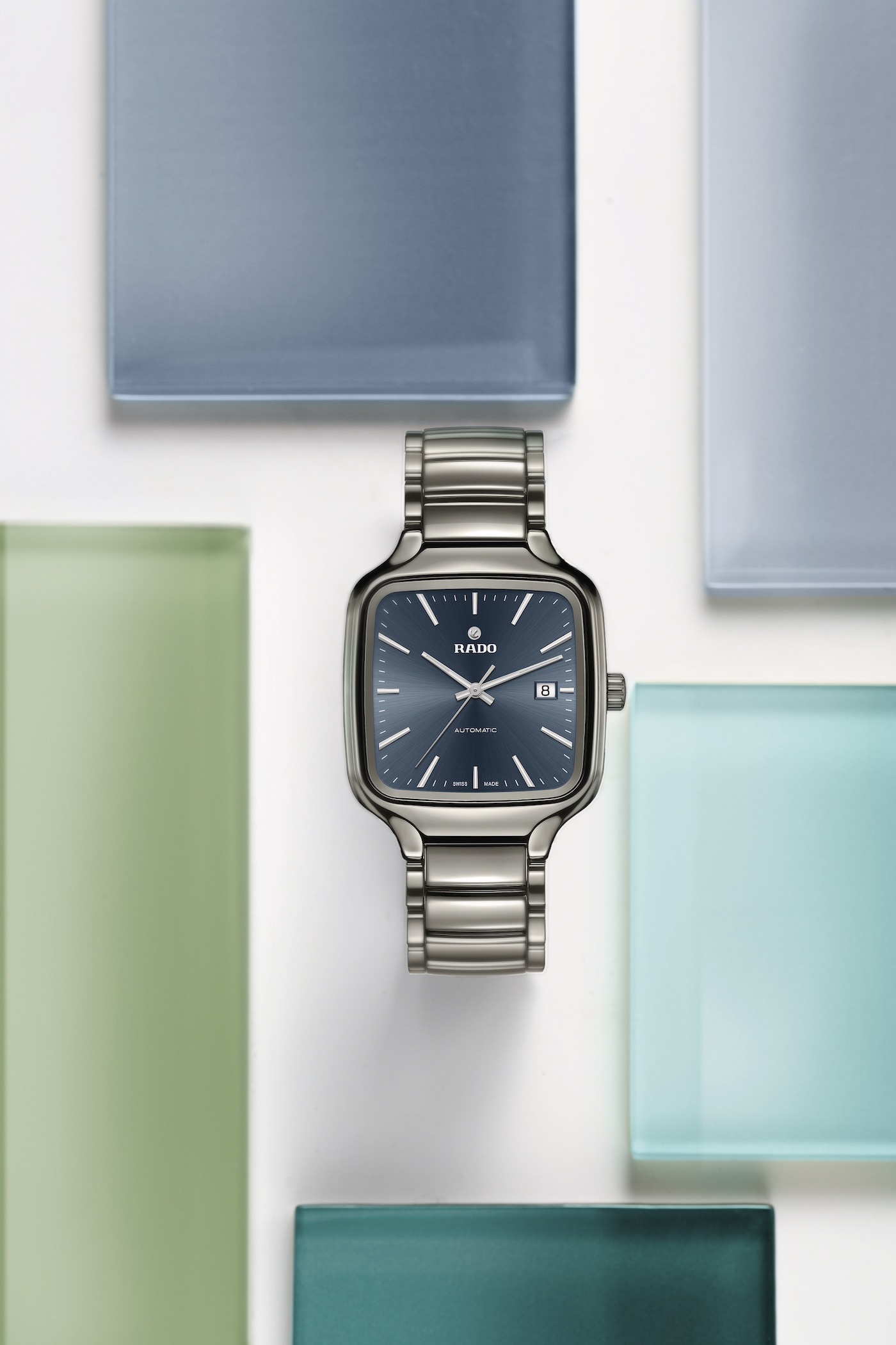

The Rado True Square Automatic is one of the standout pieces that utilize Rado’s plasma ceramic. The case and bracelet take on a deep metallic luster that pairs seamlessly with the rich blue of the dial and the use of plasma ceramic means that the watch will feel featherweight on the wrist.

Zirconium is only one metal from which ceramics can be made. Recently, Rado has been experimenting with silicon in creating silicon nitride ceramics. The result is a ceramic with a dark, gunmetal grey color (as seen in the HyperChrome Ultra Light) and exceptional lightness (3.4g/cm3), roughly 25% lighter than titanium. Moving in the other direction, ceramics can also be combined with metals during the production process, adding an unmistakable metallic hue to the lightweight, durable ceramic case and bracelet. Like high-tech ceramic, Ceramos can be produced in a range of colors, including platinum, gold, and rose gold — an ideal fit for dress watches like Rado’s Diamaster Thinline Automatic.
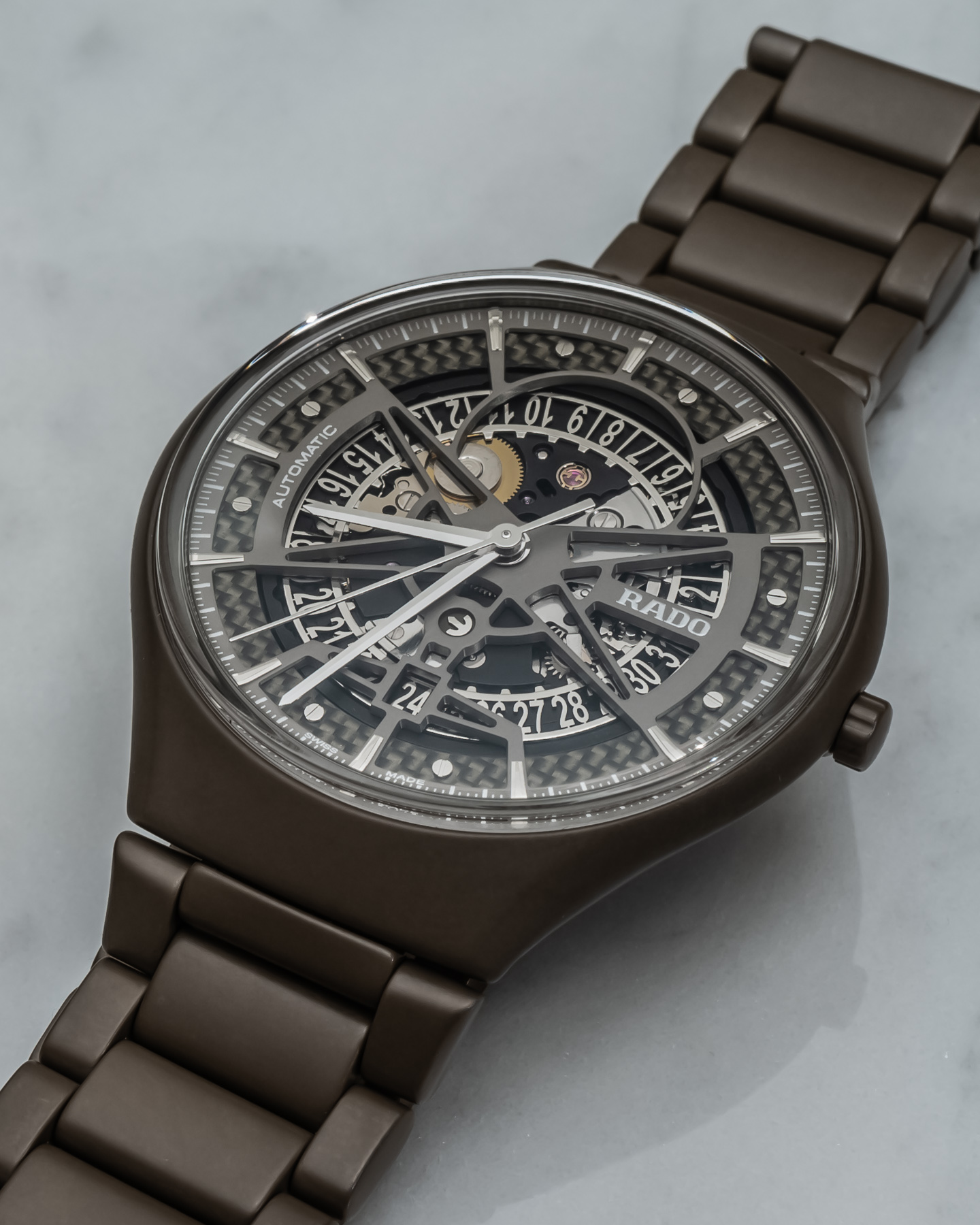
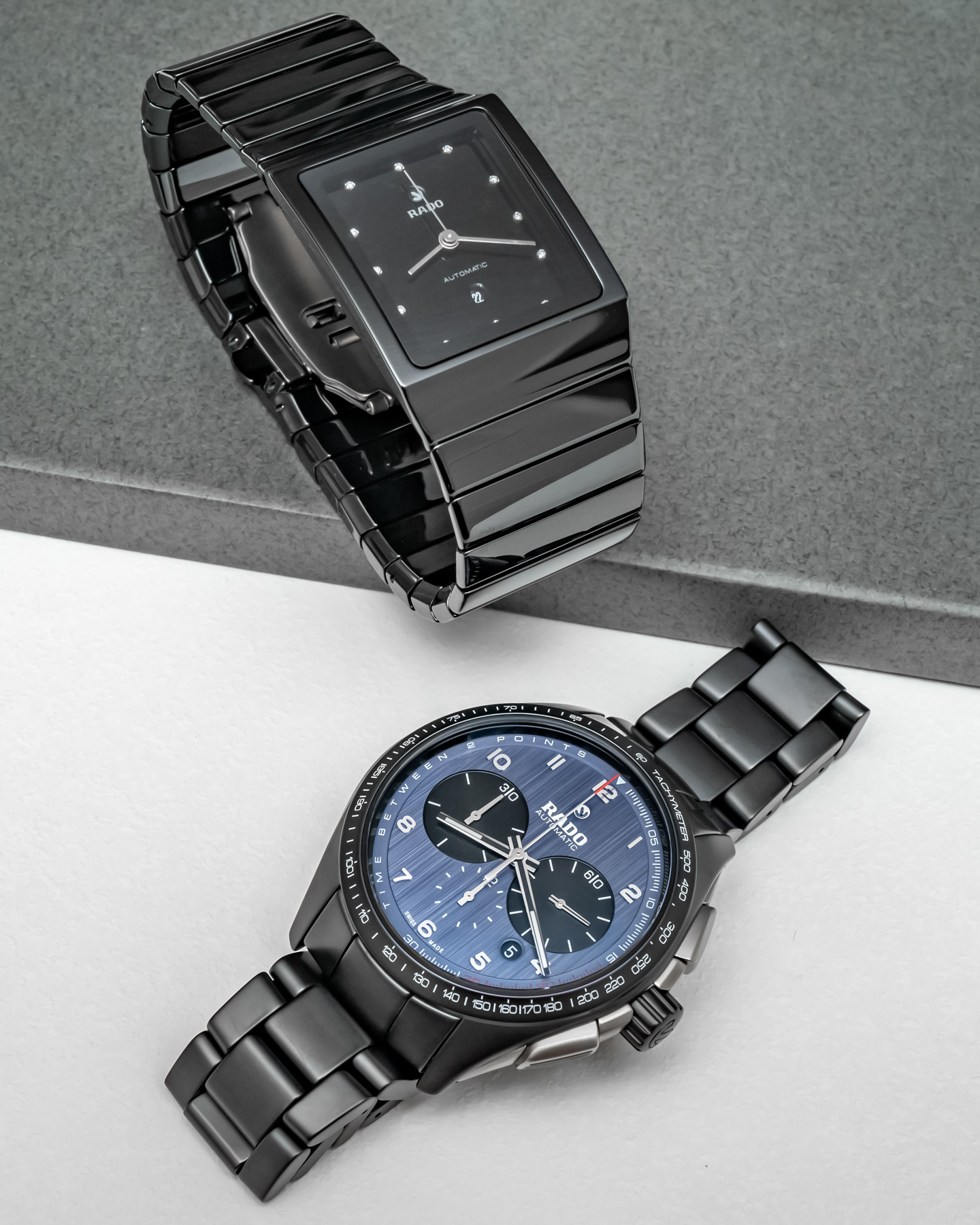 At this point, we’ve only scratched the surface (metaphorically of course) of Rado’s innovative use of materials, with a focus on ceramics. But Rado’s use of materials goes well beyond ceramic and include hardened titanium, hardmetal (a composite of tungsten carbide and a stainless alloy), high-tech diamond, and sapphire crystal – a now-indispensable component for watchmakers introduced to the world of horology a century ago by, you guessed it, Rado.
At this point, we’ve only scratched the surface (metaphorically of course) of Rado’s innovative use of materials, with a focus on ceramics. But Rado’s use of materials goes well beyond ceramic and include hardened titanium, hardmetal (a composite of tungsten carbide and a stainless alloy), high-tech diamond, and sapphire crystal – a now-indispensable component for watchmakers introduced to the world of horology a century ago by, you guessed it, Rado.
The last century transformed the Schlup brothers’ humble brand based out of their parents’ converted atelier into a world leader in materials engineering in watchmaking. But science never sleeps, and there will always be new opportunities to experiment with materials, construction, and design. No doubt Rado will continue to push the boundaries of what is possible over the next century, continuing to introduce new materials and new opportunities to the world of horology. For more information on Rado’s watches and exploration of ceramics and other materials, visit the brand’s website.
Sponsored Posts are a form of advertising that allows sponsors to share useful news, messages, and offers to aBlogtoWatch readers in a way traditional display advertising is often not best suited to. All Sponsored Posts are subject to editorial guidelines with the intent that they offer readers useful news, promotions, or stories. The viewpoints and opinions expressed in Sponsored Posts are those of the advertiser and not necessarily those of aBlogtoWatch or its writers.
